Effect of a home-based exercise program on functional mobility and
By A Mystery Man Writer
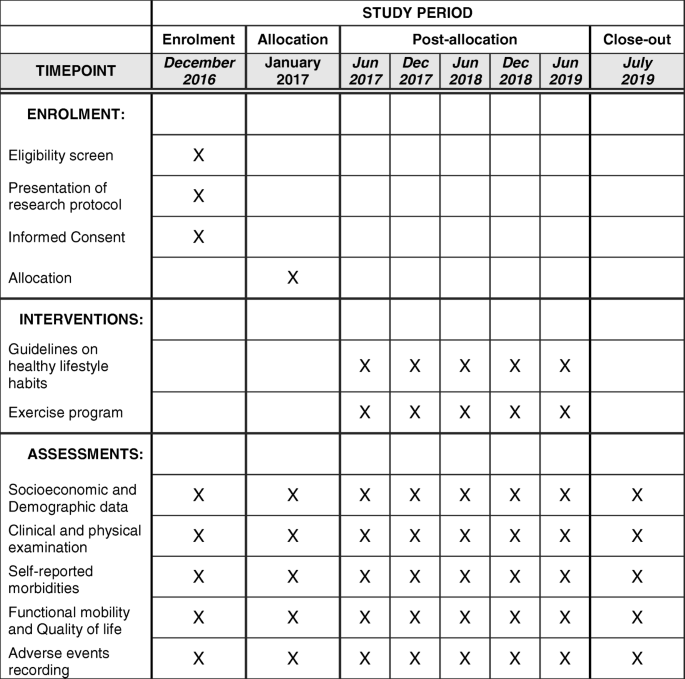
Background Elderly people have high rates of functional decline, which compromises independence, self-confidence, and quality of life (QoL). Physical exercise leads to significant improvements in strength, balance, functional mobility, and QoL, but there is still reduced access to this therapeutic strategy due to difficulties in locomotion to training centers or lack of adaptation to the exercise environment. Methods/design The purpose of this clinical trial will be to verify the effect of a progressive and semi-supervised, home-based exercise program on the functional mobility, and in the QoL of sedentary elderly people. This is a protocol of a consecutive, single-center, single-blind, and randomized controlled trial. The design, conduct, and report follows the SPIRIT (Standard Protocol Items: Recommendations for Interventional Trials) guidelines. Sedentary elderly people will be enrolled, and randomly allocated into two groups. The intervention group will perform exercises in their own home and the control group will not perform exercises. The evaluations will occur at study enrollment and after 3 months of intervention, and will be performed using the functional mobility Timed Up & Go (TUG) test and sociodemographic and QoL questionnaires. In the statistical analysis, comparisons of mean and correlation analyses will be performed. The primary expected outcome is the improvement in functional mobility verified through the TUG test and the secondary outcome is the improvement in QoL verified by the WHOQOL-OLD. Discussion The lack of scientific evidence demonstrating the benefits of semi-supervised home exercise on functional mobility and QoL in elderly people represents an obstacle to the development of guidelines for clinical practice and for policy-makers. The World Health Organization highlighted the importance of musculoskeletal health programs for elderly people, and the exercise program described in this protocol was designed to be viable, easy to implement, and inexpensive, and could be performed at the home of elderly subjects after receiving only guidelines and follow-up via periodic visits. Based on these facts, we hope that this study will demonstrate that a well-structured, home-based exercise program can be effective in improving functional mobility and QoL of sedentary elderly people, even without constant supervision during exercise. Trial registration Registro Brasileiro de Ensaios Clínicos (ReBEC), Identifier: RBR-3cqzfy . Registered on 2 December 2016.
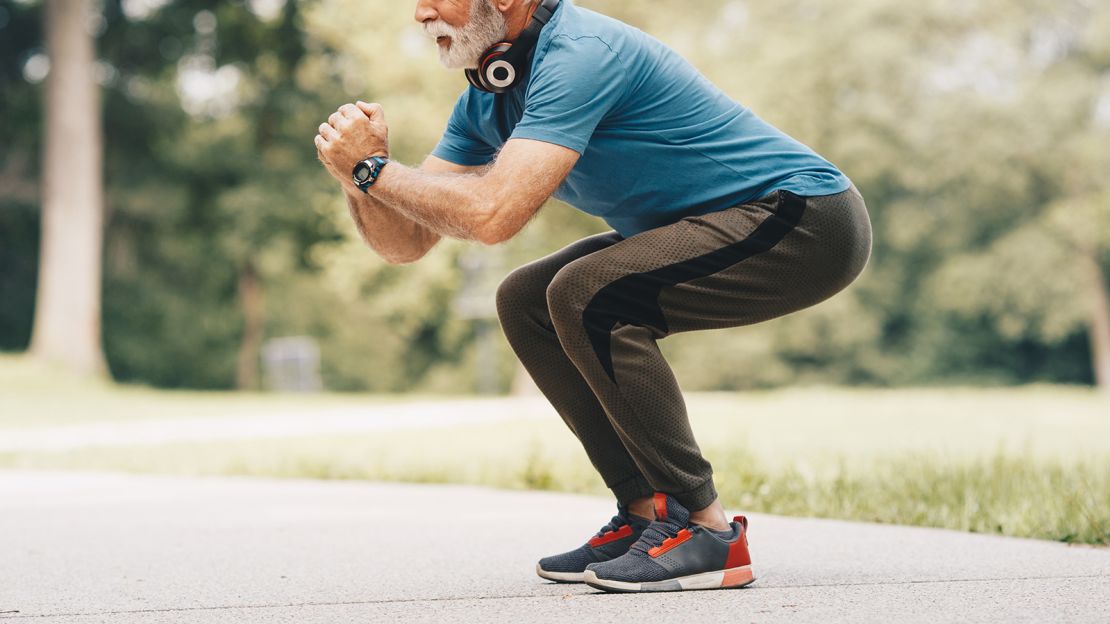
What's more important as you age — stretching, balance work or strength training?

Brandão GLAUBER SÁ, Universidade Estadual da Bahia, Salvador, UNEB, Departamento de Educação DEDC (Senhor do Bonfim)

Attributes and attribute levels.

Active at home - Resistance workout - Human Kinetics
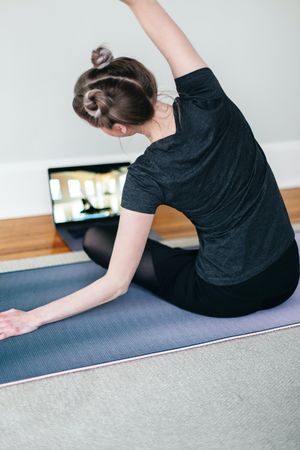
Adherence to Home Exercise Programs - Physiopedia
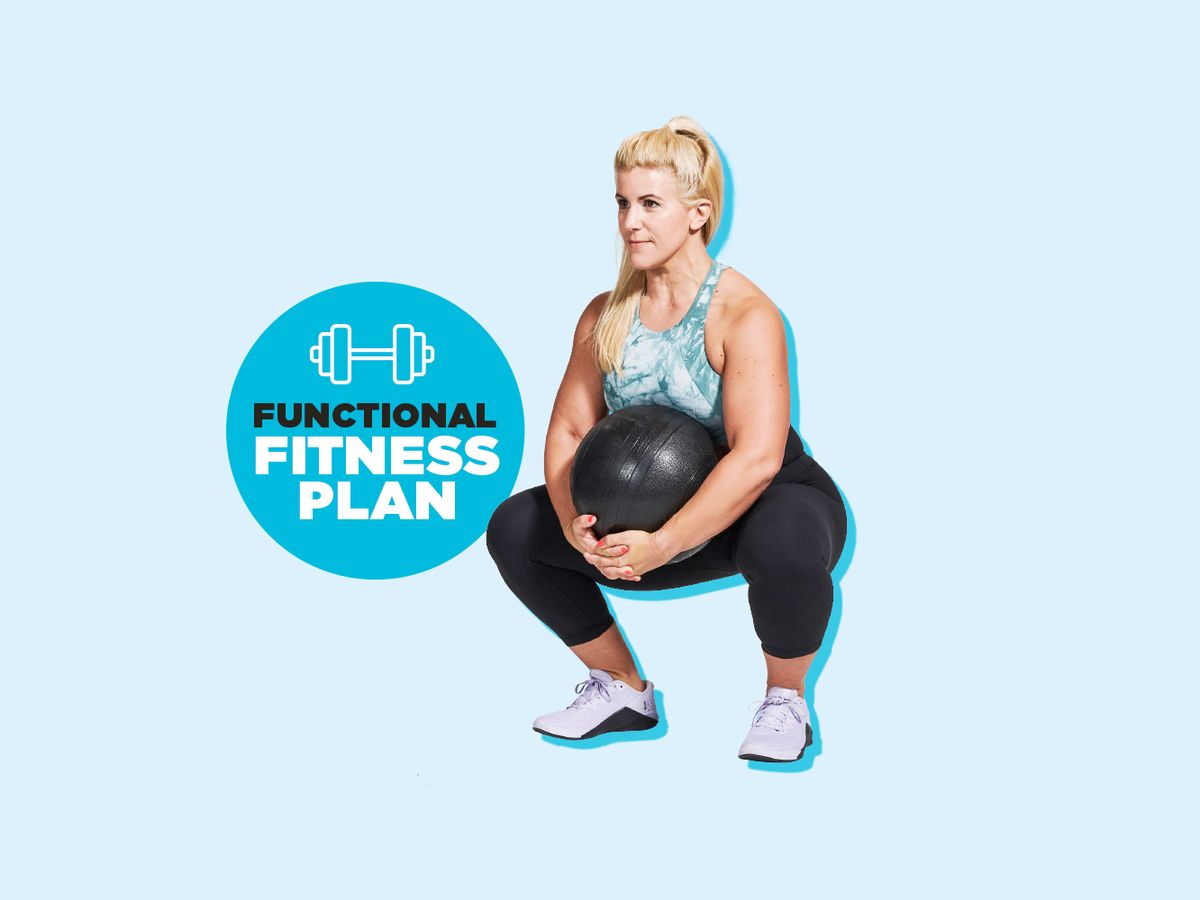
WH's 4-Week Functional Fitness Plan Will Get You Stronger

Benefits of Mobility Training Why You Need Mobility Training

Fitness After 40: How You Should Change Your Workout - The New York Times
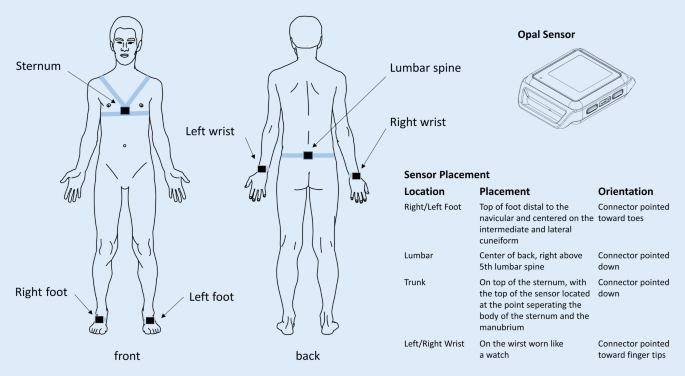
Evaluation of the instrumented Timed Up and Go test as a tool to measure exercise intervention effects in nursing home residents: results from a PROCARE substudy